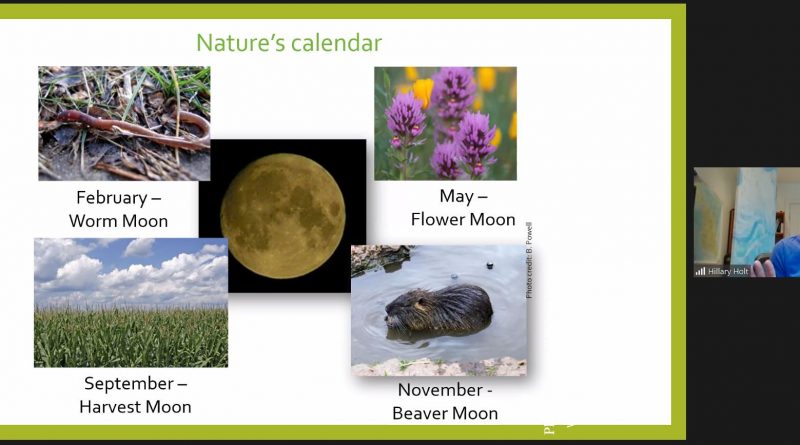Catalina California Naturalist Programs Up and Running
CATALINA一 Spring is here and the Catalina Naturalist Training Program is back in the virtual classroom, with two levels of Naturalist training, and one is offering college credit.
Normally Catalina offers three programs but because of COVID-19 Naturalist 2, a seven-hour field trip into the conservancy led by Hillary Holt, interpretation and outreach specialist at Catalina Island Conservancy, is not being offered.
Naturalist 1 and 3 however, have transitioned online with a series of videos and online lectures led by scientists and Holt. The videos have the benefit of letting people off-island also participate in the programs to learn more about Catalina.
“The naturalist training program started right around 2013 with my predecessor, it was a slide show two hours long… When I came on, I was tasked with building the program up,” said Holt. “Currently, the program consists of Naturalist 1… with the pandemic, we actually shifted to creating videos, it’s two videos that equal an hour and then a follow-up Q & A with a naturalist. [Naturalist] 2, [which is one] seven-hour field trip and is a follow-up to Naturalist 1 that looks at geography, not just in pictures, botany, and cultural sites that is led by me. I have been so bold as to take on what I call the Naturalist 3…[which] is actually the UCANR cooperative extension California naturalist program.”
Naturalist 3 or the Catalina California Naturalist Program, is an extension of the UC California Naturalist Program, a state-wide program that connects with organizations throughout the state to provide courses in naturalist education. Naturalist 3 is 40 hours of class time and offers four units of community college credit.
“Nat 3 is a community college course, in that we are on Canvas they have online course work they have to do, I write all the quizzes and assignments, and then we have a live class every week,” said Holt. “Hopefully, in the future, we will have weekly meetings in the field. The program facilitates people learning from experts.”
The program is in its fourth year after a year of planning. Holt came on in 2016 and was set to pitch a program at the Catalina Symposium when someone approached her about the UCANR program.
Holt took 2017 to figure out the finer nuances and then launched the program in 2018. While you do not have to take Naturalist 1 or 2 to take Naturalist 3, the programs do build on each to create an in-depth view of Catalina from the beginning to the present.
“All of the [programs] build on each other so we are looking at Catalina from the beginning of the story to the present,” said Holt. “We start with the geology and the formation of the island, we talk about Catalina as an island, how species arrived here, what is unique about the things that live here, and how that is tied into our climate in Southern California. We talk about the ancestral landowners the Tongva, the first inhabitants, and recognizing they are still here with us today and we look forward to stewarding the land into the future with them, and we get into Europeans arriving, how did that change the landscape, what that has to do with the impact of invasive species, and the formation of the conservancy.”
To learn more and sign up for naturalist courses visit the Catalina Conservancy website at https://www.catalinaconservancy.org/index.php?s=about&p=naturalist_training_program.


